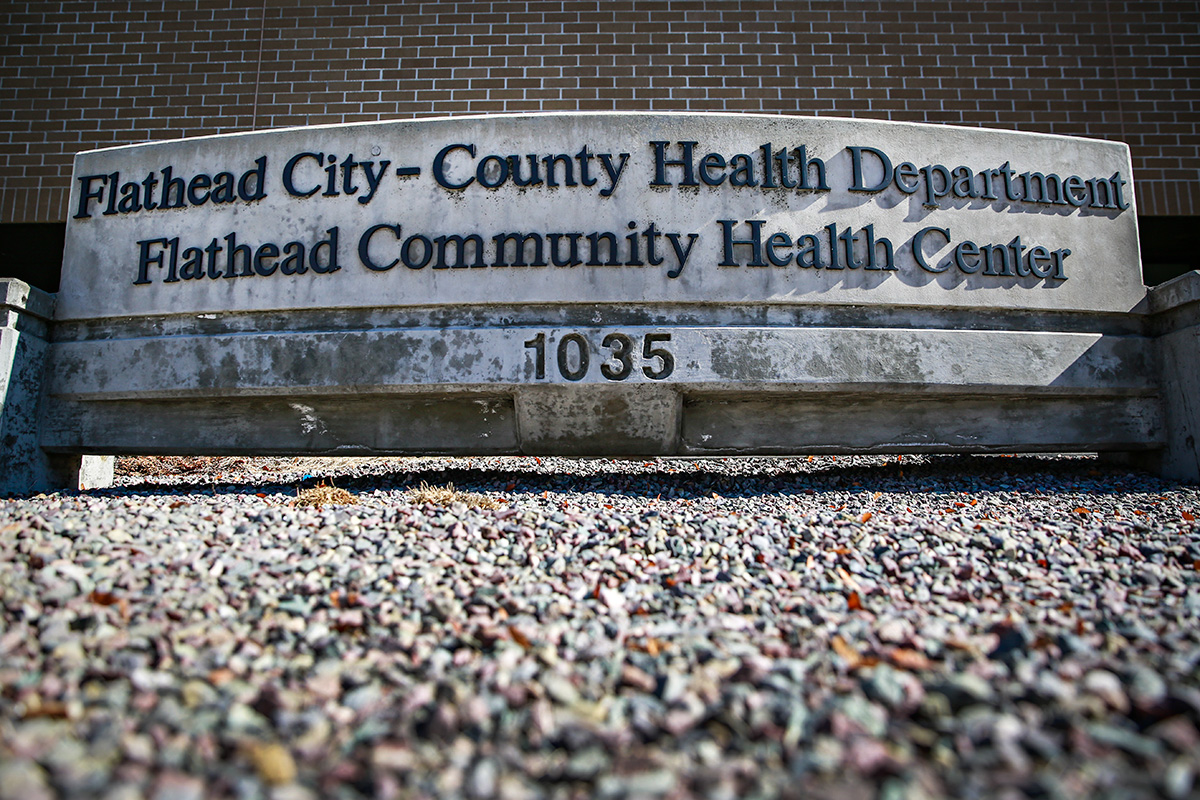Health Department Investigating E. Coli Outbreak Originating in Flathead County that Left 1 Dead
The county health department also says that public health staff have worked directly with affected facilities to remove any remaining contaminated ground beef, and that the last known date of consumption was on July 14
By Mike Kordenbrock
Multiple public health agencies are working together to investigate an E. coli outbreak originating in Flathead County, which the county health department says is associated with the death of one person and may be related to ground beef sold to several restaurants by a distributor.
In a press release issued July 24, the Flathead County Health Department said that an investigation undertaken by the Flathead City-County Health Department, the Montana Department of Public Health and Human Services and other local health departments, has identified at least 13 people associated with the outbreak who have experienced moderate to severe symptoms. The person who died was described by the health department as a female, over the age of 65, who was not a Montana resident.
“Preliminary investigative findings indicate that ground beef containing E. coli bacteria may be the exposure of concern. State partners continue to test clinical and food samples for laboratory confirmation,” the county health department press release states.
The county health department also said public health staff have worked directly with affected facilities to remove any remaining ground beef associated with the outbreak, and that the last known date of consumption was on July 14. The ground beef was not available for grocery store purchase, according to the health department. The county health department press release does not specify where infected individuals consumed the ground beef believed to have made them ill.
Malia Freeman, a population health supervisor for the city-county health department, said that due to the ongoing status of the multiagency investigation, and the continuing wait for confirmatory results from lab tests, the health department was unable to name the specific restaurants associated with the outbreak, or the distributor. Freeman did confirm that the restaurants associated with the outbreak are located in Flathead County, and said that the city-county health department will release additional information about the outbreak as it becomes available.
Montana DPHHS became involved after the Flathead health department detected an increase in cases of E. coli on July 10, and reported the information to the state health department. Among the initial cases detected, several were not Flathead County residents, but had sought medical care in Flathead County, according to Jon Ebelt, the communications director for DPHHS. On July 12, DPHHS and the county health department determined that the cases reported had to travel to Flathead County, and an investigation was initiated to find common exposures among cases, according to Ebelt.
“We send our condolences to all family and friends that have been affected by this death,” Jennifer Rankosky, the health officer for the Flathead-City County Health Department, said in a statement. “Our staff continue to work through this investigation and were able to identify a suspect source early to mitigate risks and prevent others from getting sick.”
E. coli 0157, the bacteria identified in the outbreak of illness, is caused by eating products that have been contaminated with the bacteria. Infection can lead to severe stomach cramps, bloody diarrhea, vomiting, fever and chills. Sever infections can also damage organs. Symptoms typicall occur between one to 10 days after exposure, with an average of three to four days after exposure, according to the county health department’s press release. People that may be experiencing symptoms are encouraged to contact their healthcare providers.
Preventative measures include cooking ground beef and pork to a minimum internal temperature of 160 degrees Fahrenheit and not eating rare or undercooked ground beef. Additional preventative measures include carefully washing hands with soap and warm water after using the bathroom and changing diapers, and before handling or eating any food; washing hands after contact with farm animals, animal feces, and animal environments; washing raw fruits and vegetables before eating; keeping raw meat separate from produce and other foods when shopping for and storing groceries; and avoiding unpasteurized beverages.
Over roughly the last decade, stretching from 2014-2023, there have been six outbreaks of Shiga toxin-producing E. coli (STEC) outbreaks reported to DPHHS. STEC is a type of E. coli infection, and is the type that is reportable in Montana, according to DPHHS. Two of the six outbreaks reported in the state over that period were linked to multi-state outbreaks tied to contaminated grocery store items.